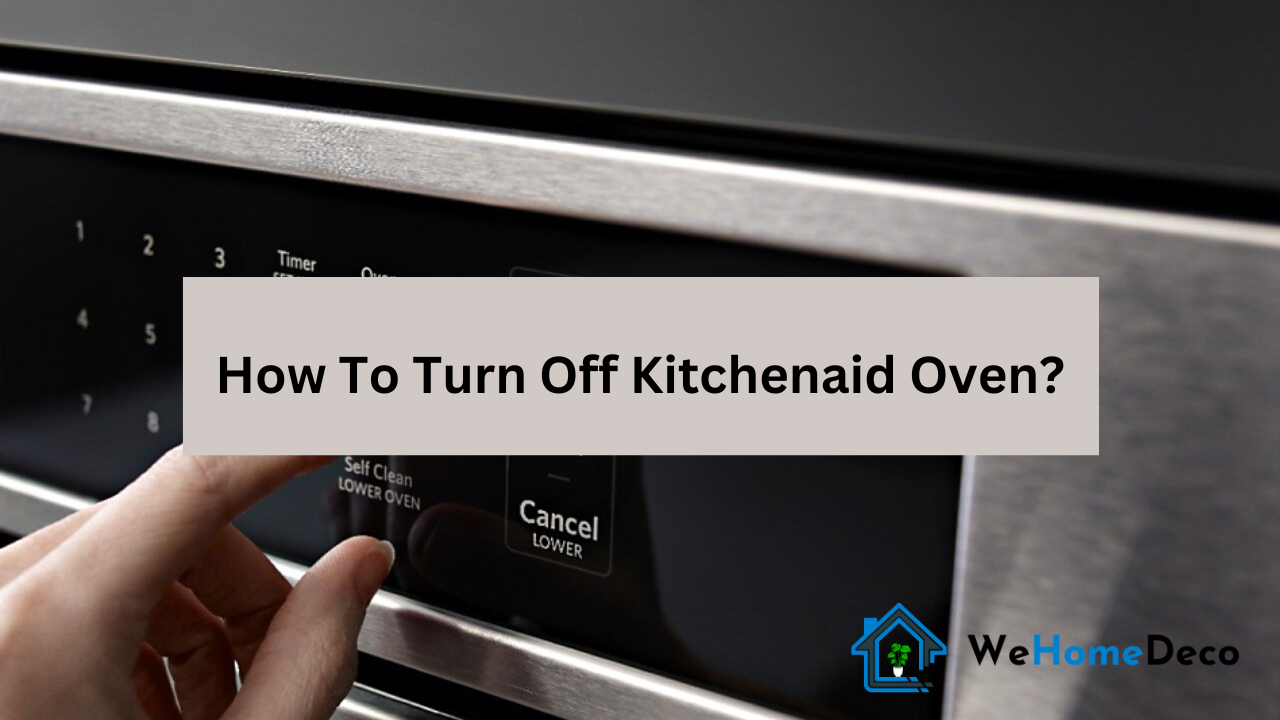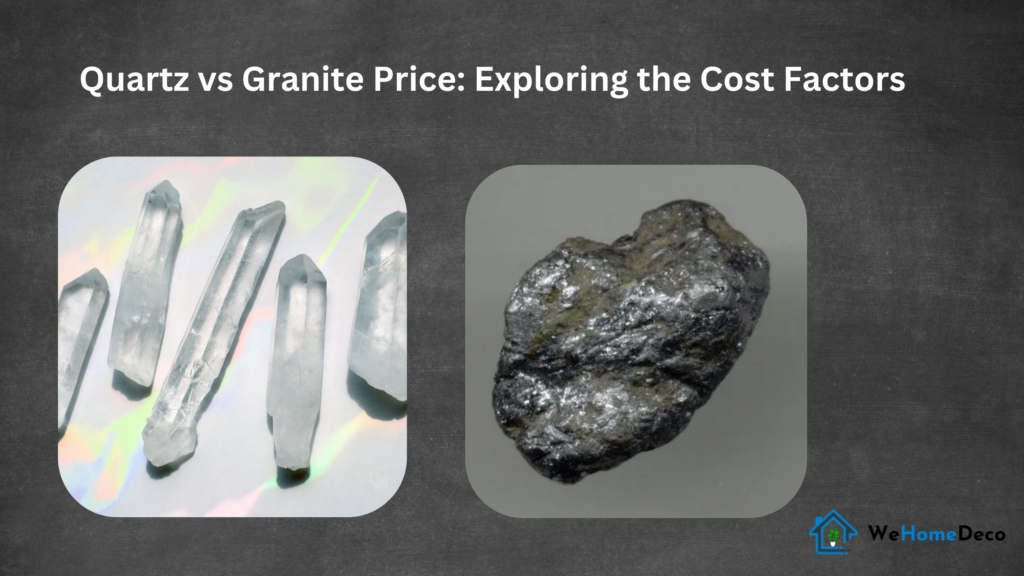If your washing machine doesn’t seem to have enough water pressure, there are a few things you can check to try to increase it. First, make sure that the water supply valves to the washing machine are fully open. If they’re only partially open, this can restrict the water flow and cause low water pressure.
Next, check the hose that connects the washing machine to the water supply. If it’s kinked or bent, this can also restrict water flow and cause low water pressure. Finally, clean the inlet screens on the washing machine.
Over time, these can become clogged with dirt and debris, which can reduce water pressure.
- Check the water supply: The first step is to check your water supply and make sure that the water pressure is adequate
- If it is not, then you will need to contact your local water supplier
- Check the washing machine: The next step is to check your washing machine
- There may be a problem with the machine itself that is causing the low water pressure
- Clean the inlet screen: Another possible cause of low water pressure is a clogged inlet screen
- This screen is located where the water hose attaches to the washing machine
- If it is clogged, then it will need to be cleaned
- Replace the inlet valve: If the inlet screen is not the problem, then the next step is to replace the inlet valve
- This valve is located inside the washing machine and can be replaced fairly easily
- Call a professional: If you have tried all of the above steps and are

Credit: www.dtappliance.com
Is it OK to run washing machine with low water pressure?
If your washing machine has low water pressure, it’s probably not getting enough water to clean your clothes effectively. This can lead to your clothes not getting clean enough and can also damage your machine. If you have low water pressure, you should try to increase it.
You can do this by:-Turning up the water pressure at your home’s main water valve.-Checking for any leaks in your home’s plumbing and repairing them.
-Installing a water pressure booster pump.If you can’t increase the water pressure, you may need to wash your clothes by hand.
Why is the water coming out slow in my washing machine?
If you’ve ever run into the issue of water coming out slow in your washing machine, you’re not alone. This is a common problem that can have a few different causes. In this blog post, we’ll explore some of the most common reasons for water coming out slow in a washing machine and what you can do to fix the problem.
One of the most common reasons for water coming out slow in a washing machine is a clogged hose. Over time, lint and other debris can build up in the hose, restricting the flow of water. If you suspect that your hose is clogged, you can try flushing it out with a garden hose.
Another common cause of water coming out slow in a washing machine is a clogged inlet screen. This screen is located where the water hose attaches to the washing machine and can become clogged with debris over time.
How do you increase your water pressure?
If your home has low water pressure, there are a few things you can do to try to increase it. First, check to see if your home has a water pressure regulator. If so, you may be able to adjust it yourself.
If not, or if you’re not comfortable doing that, you can call a plumber.There are also a few things you can do to the plumbing itself to try to increase the water pressure. If you have a water softener, you can try bypassing it to see if that helps.
You can also clean the aerators on your faucets – over time, they can become clogged with mineral deposits, which can reduce water pressure. Finally, you can check all the shut-off valves in your home to make sure they’re fully open.
How do I fix the water flow in my washing machine?
If your washing machine’s water flow is weak, there are a few things you can do to fix it. First, check the water pressure in your home. If it’s low, that could be the reason why the water flow in your washing machine is weak.
You can try adjusting the water pressure valve to see if that helps. If not, there could be a blockage in the water line leading to your washing machine. Check to see if there’s any dirt or debris in the line and clear it out if there is.
Finally, if none of these things work, you may need to call a plumber to have a look.
Water pressure booster for washing machine
If your home has low water pressure, you may be looking for a water pressure booster for your washing machine. While there are a number of different ways to boost water pressure, a washing machine booster is a great option because it is specifically designed to increase the water pressure for your washing machine.There are a few different types of washing machine boosters, but the most common is the inline booster.
This type of booster is installed between the water supply and the washing machine. The booster has a pump that increases the water pressure as it passes through the booster.Another type of washing machine booster is the recirculating booster.
This type of booster is installed on the cold water supply line to the washing machine. The booster has a pump that circulates the water from the washing machine back to the water supply. This type of booster can provide a steady flow of water to the washing machine, even if the water pressure is low.
Washing machine water pressure
If your washing machine’s water pressure is too low, your clothes may not come out as clean as they should. There are a few things that could be causing this problem. First, check to see if the water valves that supply water to your washing machine are fully open.
If they’re not, turn them on all the way. You should also check the hose that connects your washing machine to the water supply. Make sure it’s not kinked or blocked in any way.
If you’ve checked the water valves and the hose and the problem persists, it’s possible that your water pressure is simply too low. This is something you’ll need to call a plumber to take a look at. In the meantime, you can try using a booster pump to increase the water pressure to your washing machine.
Automatic water pressure pump for washing machine
If your washing machine doesn’t have an automatic water pressure pump, you may notice that your clothes don’t come out as clean as they could. This is because the water pressure in your home isn’t always consistent, and a lack of pressure can make it difficult for the washing machine to do its job properly.An automatic water pressure pump for washing machines can help to solve this problem.
This type of pump is designed to maintain a consistent level of water pressure, even when the water pressure in your home fluctuates. This means that your clothes will come out cleaner, and your washing machine will have an easier time doing its job.If you’re interested in getting an automatic water pressure pump for your washing machine, you can find them online or at your local home improvement store.
They’re relatively inexpensive, and they can make a big difference in the quality of your laundry.
How to check water pressure for washing machine
If your washing machine isn’t getting enough water, it won’t be able to clean your clothes effectively. That’s why it’s important to check the water pressure in your home before you run a load of laundry.There are a few different ways to check your water pressure.
You can use a pressure gauge, which you can purchase at most hardware stores. Or, you can use a bucket test.To do a bucket test, simply fill a bucket with water and place it under your washing machine’s fill hose.
Then, turn on your washing machine and see how long it takes to fill the bucket. If it takes longer than a minute, your water pressure is probably too low.If you’re not sure how to interpret the results of your pressure test, you can always call a plumber for help.
They’ll be able to tell you if your water pressure is too low and can help you troubleshoot the problem.
Can low water pressure damage a washing machine
If you have low water pressure in your home, you may be wondering if it will damage your washing machine. The good news is that low water pressure generally will not damage your machine. However, it can affect the performance of your machine and how well it cleans your clothes.
If you have low water pressure, your washing machine will likely take longer to fill up. This means that it will also take longer to wash your clothes. As a result, your clothes may not come out as clean as they would if you had higher water pressure.
Additionally, low water pressure can cause your washing machine to vibrate more, which can be annoying.If you’re not happy with the performance of your washing machine due to low water pressure, you may want to consider installing a water pressure booster. This can help increase the water pressure in your home, which can improve the performance of your washing machine.
Water pressure regulator for washing machine
If your washing machine is connected to a municipal water supply, it likely has a water pressure regulator installed. This device is designed to protect your washing machine from high water pressure, which can damage the appliance. The water pressure regulator is typically located near the water inlet valve on the back of the washing machine.
If your washing machine doesn’t have a water pressure regulator, or if the regulator is damaged, you can purchase a replacement at a hardware store or online. Be sure to get a regulator that is designed for use with washing machines. Follow the instructions that come with the regulator to install it properly.
Washing machine water pressure too high
If your washing machine’s water pressure is too high, there are a few things you can do to fix the problem. First, check the pressure regulator on your water line. If it is set too high, simply adjust it to the appropriate setting.
If that doesn’t fix the problem, you may need to replace the pressure regulator. Another option is to install a water pressure reducing valve on your washing machine. This will help to regulate the water pressure and keep it from getting too high.
Lg washing machine low water pressure
If your LG washing machine has low water pressure, there are a few things you can do to try to fix the issue. First, check to make sure that the water pressure in your home is adequate. If it is, then the next step is to clean the inlet filter.
This is located on the back of the machine, and over time, it can become clogged with dirt and debris. Simply remove the filter and clean it with warm, soapy water. Once it’s clean, reattach it and run a test cycle.
If the problem persists, you may need to call a repairman.
Conclusion
If your washing machine doesn’t seem to be getting the job done like it used to, there are a few things you can check to see if the issue is with the water pressure. First, make sure that there are no leaks in the hose that connects the washing machine to the water supply. Next, check the water inlet valve to see if it is fully open.
If it is, then the problem may be with the pressure regulator. To fix this, you will need to adjust the screw on the pressure regulator until the water pressure is increased.
Simplify Laundry Days with Your Washing Machine. Explore how to make the most of your washing machine and keep your clothes fresh and clean, without the hassle.






2 Responses